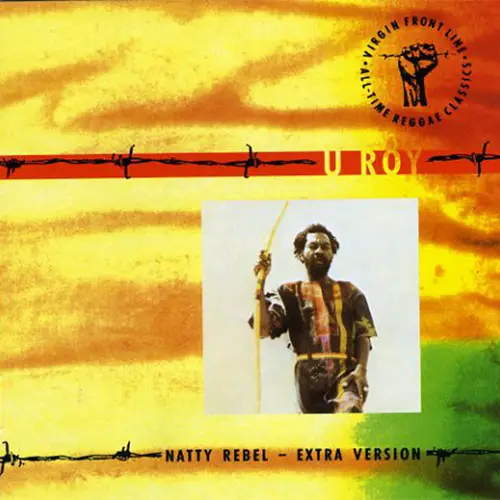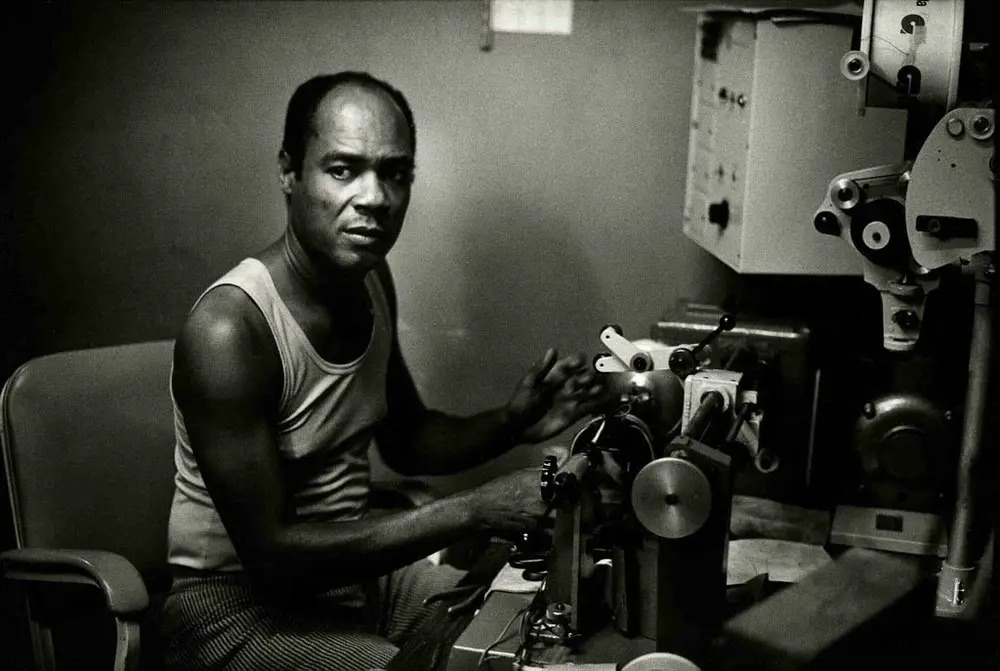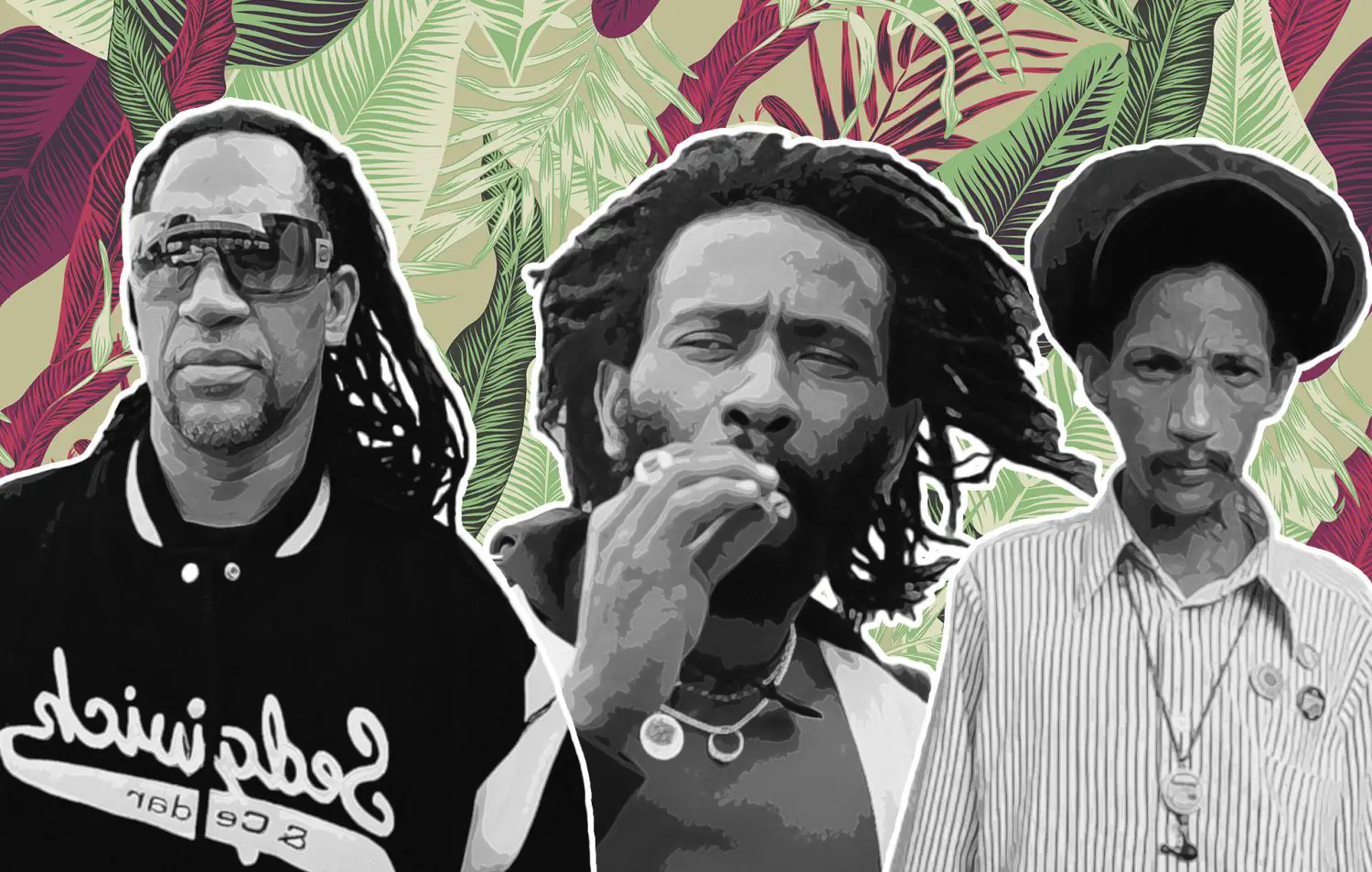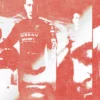You can start this story by turning it into some sort of musical/social fairy tale, but those familiar with Jamaica (particularly people living there) can certainly tell you that there never were, or still are not many fairy tale elements that can be attributed to daily life on that Caribbean island. But then, there’s Jamaican music, Reggae in particular, and its many offshoots, whether its original ska sound, current fave dancehall, or toast and dub.
It’s hard to point to any musical genre that’s originated outside of the hubs of modern pop culture that are the US and Great Britain, and that’s had such a lasting effect on modern music as Reggae has, including two of its sub-genres that are toast and dub. Sure, it’s a fact that all of those were based on musical and cultural elements that came to Jamaica particularly from the US – soul, jazz, rock and surrounding Caribbean islands like calypso – but the foothold Reggae and dub took, not only in the US and Great Britain due to large Caribbean communities living there but elsewhere in the musical world is undeniable.
It’s hard to point to any musical genre that’s originated outside of the hubs of modern pop culture that are the US and Great Britain, and that’s had such a lasting effect on modern music as Reggae…
What music heads don’t own a record or two by Bob Marley or any of the original British punk bands like The Clash that were heavily influenced by this music? In many ways, ‘pure’ Reggae, and currently even more so, dub, is a mash up of influences turned into a very specific individual genre, that is, in turn, influencing practically everything else around it.
Toasting into Hip (Hop)
But then there’s also toasting, something that seemingly did not catch many fans outside Jamaica (and Britain) itself, but is by many considered as one of the key influences on the development of rap and hip-hop in the US. If you mention toasting to the less initiated, they’d probably instinctively turn their head towards their home toaster located somewhere in the kitchen but in musical terms, as Megan Romer points out, toasting is a style of lyrical chanting, rapping if you wish, which involves a Reggae-style deejay talking, reciting, shouting, and sometimes singing over a rhythm, or to be precise, ‘riddim.’
Now, Jamaican deejays who bring in singing elements are called singjays and are not your ‘standard’ DJ’s that select and play music. That part of the play in toasting is done by selectors. The whole toasting trend took off in the late ’60s and early ’70s, when some original selectors like U-Roy and King Stitt started toasting over a ‘version’ – usually a flip, instrumental side the Jamaican record companies used as a B-side of singles. But, toasting as such was developed by now almost forgotten Jamaican artist Count Machuki as far back as the ’50s.

The whole toasting trend took off in the late ’60s and early ’70s…
As the genre developed, deejays and selectors started requesting record producers to come up with strictly instrumental tracks, riddims, over which deejays could spin their story yarns, usually reflecting any aspect of the Jamaican daily life. The key developers of riddims, sometimes also referred to as dub plates were King Tubby (aka Osborn Ruddock), Lee ‘Scratch’ Perry, Joe Gibbs, and others, most of which turned out to be crucial in the development of dub.
Most of the music shows in Jamaica at the time were remote traveling affairs (the tradition still holds on) called ‘sound systems’, usually involving a toaster and a selector. When the genre took off, besides U-Roy and King Stitt, the names that became seriously popular among the genre fans, were the likes of I-Roy (he fashioned his nick-name as a mogul to U-Roy), Dennis Alcapone, Dillinger, Doctor Alimantado, Prince Far I, Big Youth, and quite a few others. The British ska revival of the early ’80s revived the toasting tradition with the likes of The Specials (Neville Staples), The Beat (Ranking Roger), and Pato Banton.
At some point, Jamaican ex-pat DJ Kool Herc brought toasting to Queens, New York, in many ways paving the way for incoming rappers and hip-hop.

Dub Turns Into a Phenomenon of Its Own
While toasting can be considered one of the inspirational elements of rap and hip-hop, its instrumental element, riddim, and dub, were certainly not only influential but became an integral element of modern music, now turning into an encompassing genre itself. From transformation into beats to becoming an integral element of acid jazz, trip-hop, dubstep, trap and what not.
On one hand, the term dub refers to a technical aspect of recording: recording one element of the music, say guitar, and then combining these elements into a final track, or overdubbing. In the original Jamaican recording sense, a dub was a process of using previously recorded material then modifying and accentuating it, particularly the rhythm section and the bass track and recording a new master mix.
In the original Jamaican recording sense, a dub was a process of using previously recorded material then modifying and accentuating it, particularly the rhythm section…
Still, in the original Jamaican terminology, there are two more distinctive references to dub – erotic elements of a dance and sex itself, and on the other hand, the connections of the term to the word ‘duppy’ or a ghost of the victims of interracial violence on the island, where some dub explorers claimed that dub best represents the souls of these victims – ‘duppies.’ As Louis Chude-Soke states about dub in his study When Echoes Return, “Its swirling echoes are metaphors of loss while the disembodied voices and gunshots mimic the sound of ghosts, the sudden dead.” Burning Spear, one of the best Reggae artists ever even came up with Garvey’s Ghost, the dub version of his initial album Marcus Garvey.
The ball got rolling when King Tubby, sometime in 1968, picked up on an instrumental track that was left without vocals by accident, using it to accentuate bass and drums. The track was a massive hit with the dance crowds and the producers and recording studios, including well known Studio One, started coming up with dub versions of practically every song recorded. Tubby, Lee ’Scratch’ Perry, Joe Gibbs, and Bunny Lee became some of the best-known dub producers.
As dub started to develop into a full-fledged genre of its own, music started being developed exclusively in the dub format, notably initiated by the inventiveness of Augustus Pablo, the man who introduced his melodica playing over the dub tracks. The first completely dub composed album was The Undertaker, produced by Erol Thompson and involving the participation of the Jamaican jazz musician Derrick Harriott.

Dub spread first to Britain in the early ’80s with the likes of Mikey Dread, Jah Shaka, and Mad Professor, where a particular standout was Denis Bovell’s production of poet Linton Kwesi Johnson’s album Forces of Victory. The dub concept was quickly accepted by non-Jamaican musicians and producers, like Adrian Sherwood and his “On-U Sound” label, slowly spreading into other musical forms as diverse as punk, techno, trip-hop, jungle, drum and bass, dubstep, ambient, and post-rock.
From ‘strict’ rock acts like The Clash, Bauhaus, and Soundgarden, to hip-hop acts like Beastie Boys, R&B artists like Ohio Players, to Massive Attack and musicians like Bill Laswell who derive their inspiration from jazz, to free-for-all experimenters like Omar Rodriguez-Lopez (in his solo, Mars Volta and At The Drive-In incarnations), have all been at least superficially, but in many cases deeply involved with dub. Not only in its original form but stretching the boundaries of the genre and making it a more universal concept than when it started out.
But as Scientist, one of the purveyors of the original dub form put it, “Dub has a triangular structure and if you know how to access that structure, you can create mysticism within the listener’s mind. It lives longer than the straight [original] cut because the listener never hears dub the same way twice.”





